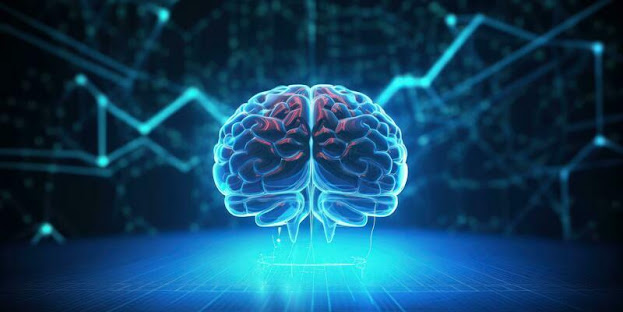Hepatic
encephalopathy is closely related to the triphasic pattern observed in
electroencephalography (EEG) due to several key factors:
1.
Pathophysiology: Hepatic
encephalopathy occurs when the liver is unable to adequately remove toxins from
the blood, leading to the accumulation of substances such as ammonia. This
accumulation can disrupt normal brain function and result in altered mental
status, which is reflected in the EEG.
2.
EEG Characteristics: The
triphasic pattern is characterized by complexes with three distinct phases that
recur at approximately 2 Hz. This pattern is typically seen in patients with
significant cognitive impairment, such as those experiencing hepatic
encephalopathy. The presence of this pattern indicates a severe level of
encephalopathy and is often associated with a poor prognosis.
3.
Clinical Correlation: The
triphasic pattern is considered a hallmark of hepatic encephalopathy, although
it can also appear in other metabolic conditions. Its presence suggests a
significant impairment in mentation, which is a common feature of hepatic
encephalopathy. The pattern may vary in appearance but generally indicates a
severe underlying metabolic disturbance.
4.
Prognostic Implications: The
presence of the triphasic pattern in patients with hepatic encephalopathy is
associated with a more severe form of the condition. Studies have shown that
patients exhibiting this pattern have a poorer long-term prognosis, as it often
correlates with more severe metabolic derangements.
In
summary, hepatic encephalopathy is a primary condition associated with the
triphasic pattern in EEG, reflecting the underlying metabolic disturbances and
cognitive impairments characteristic of this disorder.


Comments
Post a Comment